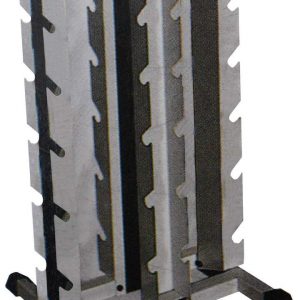Características del Producto
| Peso | 12 kg |
|---|---|
| Dimensiones | 65 × 65 × 27 cm |
$407.267 Original price was: $407.267.$325.813Current price is: $325.813. IVA
Mantén tus barras organizadas y de manera presentable con el Rack Para Barras Olímpicas de alta calidad. Soporta hasta 8 barras.
| Peso | 12 kg |
|---|---|
| Dimensiones | 65 × 65 × 27 cm |
Descripción:




Debes acceder para publicar una reseña.

Calificación
No hay Calificación aún.